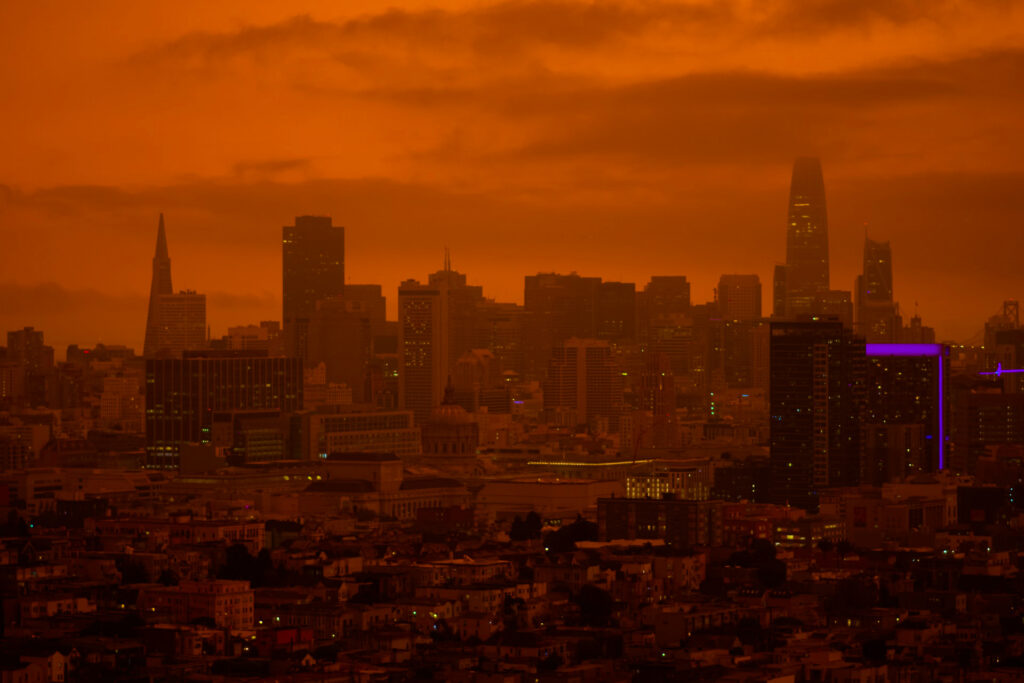
Editor’s note: This article contains spoilers.
I went to see Blade Runner 2049, directed by Denis Villeneuve, with great anticipation. The original was so unique and although I was ambivalent about the film’s story and politics, many of its images have stayed in my mind for over 35 years. I have even used Blade Runner in my film studies classes. Yet, I left the theatre severely disappointed. Blade Runner 2049 represents a failure of the imagination. The film is a series of vignettes strung together and is the definition of solipsism — steeped in narcissism, excessive self-absorption, isolation and regressive politics.
The set up for the original film was brilliantly articulated by critic, Pauline Kael in a 1982 New Yorker review. She wrote that Ridley Scott, director of Blade Runner, “sets up the action with a crawl announcing the time is early in the twenty-first century and that a blade runner is a police officer who ‛retires’ — i.e., kills — ‛replicants,’ the powerful humanoids manufactured by genetic engineers.”
To varying degrees, the original Blade Runner anticipated numerous contemporary debates about artificial intelligence and robots. Philip K. Dick’s 1968 novel, Do Androids Dream of Electric Sheep?, on which so much of the original film was based, is a profoundly dystopian yet ultimately hopeful novel about human engagement with artificial life.
Dick’s book can be despairing and hopeful at the same time, and it is this tension that actually turned the novel into a rich piece of science fiction. Because in spite of the many challenges they face, the characters actually learn both from each other and from the replicants. They learn that power corrupts and it doesn’t matter whether you are human or robot, but feeling emotions of varying sorts makes the difference between a meaningful life and one that has no meaning.
While the original Blade Runner provides some insight into artificial life, and the book makes profound comments on power and human relationships, Blade Runner 2049 has none of that. Crucially missing from both the new and the original film, is some history and context. Why are we in such a mess? Why has society degenerated to such a degree?
As if the back story doesn’t matter, Blade Runner 2049 is not really set up at all. Audiences are shown that replicants are everywhere, integrated into society, that blade runner police are ubiquitous and that some of the older versions of the replicants are, as before, still unruly and therefore need to be killed. Society is dominated by a seemingly endless horde of people going nowhere in particular and buildings are rotting in the rain.
The story is strung together
As the film opens, K, played by Ryan Gosling, a programmed blade runner, is asleep at the wheel of a vehicle he later calls a car, that is flying through the darkness towards an unknown destination. All of this is covered in the one of most expensive fog-and-mist scenes ever produced for a film (the production rings in at just over $150 million).
The wasteland is interrupted when K reaches his destination and encounters a replicant who is targeted for death and who says before he is killed, “you don’t know what a miracle is.” The miracle he is referring to is clarified a bit later on in the film as the birth of a human child, which he witnessed.
The entire film then circles around the search for the miracle child with K discovering that he himself might be human, then watching his hopes dashed but not before he meets his supposed father, Deckard, played by Harrison Ford who reprises his original role from 1982.
Deckard and K develop a relationship and Deckard, of course, becomes a paternal figure to K. Deckard has apparently been living alone for an untold number of years in the remains of Las Vegas. In the portrayal of Vegas lies an implied critique of the reasons for the decay of humanity with Las Vegas representing all that is superficial and wrong about humans. The film does not explain this, it just alludes to the fall of humans as if, because of our past hedonism, we deserve to live in misery, a common theme in dystopian films.
Like the original, the story is unimportant and the approach is also derivative relying on the clichés of dystopias drawn from dozens of similar films. Blade Runner 2049 also suffers from a bad script and some odd stylistic filmmaking choices. It is essentially a series of events, strung together within a special effects universe, that Villeneuve thinks represents another world or another phase of history. Do we care about flying cars and exploding buildings and robots who fight each other shattering into pieces that fly off into the dark landscape? The fetish for special effects is killing the storytelling in Hollywood.
The opportunity for social commentary is lost. How does industrialist Niander Wallace (Jared Leto), maker of replicants, come to have such enormous power? He determines whether real humans should be killed — to preserve, what exactly, his business? His supremacy? The corporate entity over which Wallace rules is so sophisticated that it knows everything about everybody — a not so subtle variation on the original film and a banal reiteration of endless variations on the themes of absolute power and the human response to fascism. Niander Wallace’s actions may lead us to hate him but we don’t understand his motivations and even if his lack of motivation is a shallow critique of industrial capitalism – is it enough to make us care?
All life leads to death
All the characters, even the holographic ones, live in isolated circumstances with no social encounters of any value. If we accept that it is 2049, then why are women portrayed as sex objects? Why do their nude bodies appear everywhere? In Villeneuve’s dystopia, sex is provided through an illusory construction of desires that are mechanical and mechanized. Yet, even if this were seen as a critique of the society Wallace and his fellow industrialists have invented, it remains a fact that we have screwed ourselves and our planet and how we decide to survive is to repeat all the clichés of voyeurism that dominated the previous century.
Blade Runner 2049 has successfully created a solipsistic universe – where humans are isolated from real feelings, celebrate selfishness with gusto and are completely involved with their own needs, so self-centred that it matters little whether reality or illusion are the guideposts. Either will do because both will lead you nowhere. The overarching principle behind this film is that life is ultimately going to lead to death and all people and robots have to do is survive all the crap in between.
Here K, the male hero, suffers for the good of others as a consequence of a semi-religious conversion, which means he must make the ultimate sacrifice – his own life. Sound familiar? K’s death solves nothing – and brings no hope – unless the hope is hinting at a sequel. Perhaps Harrison Ford will play God in the next film. Kael suggests that the original Blade Runner was a victim of its own depiction of decay suggesting that it has “nothing to give to audiences,” and this, Villeneuve has succeeded in replicating.
By: Ron Burnett
President and Vice-Chancellor, Emily Carr University
This post was originally published at The Conversation.




